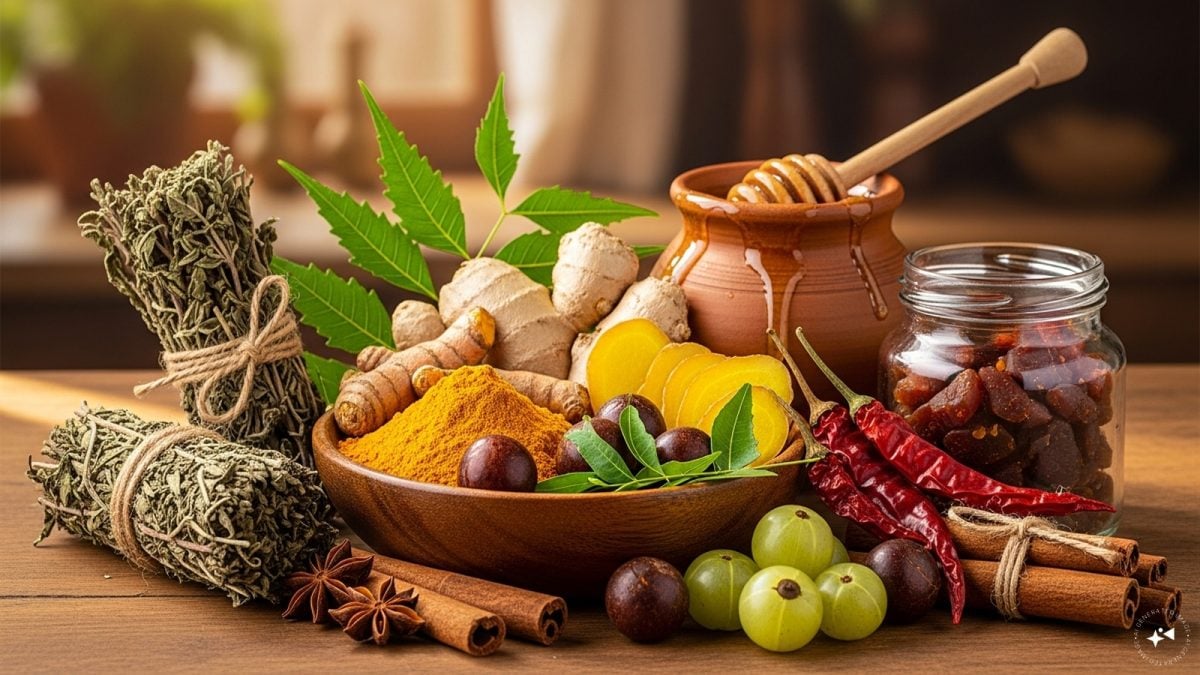Last Updated:
Boiling tends to make vegetables soft, whereas steaming helps them stay fresh and crisp. Let’s explore which technique works best to preserve their colour, flavour, and nutrients.

Steaming keeps veggies fresh and crisp, while boiling softens them.
When in the kitchen, we often find ourselves deciding between boiling and steaming vegetables. While both are healthy, oil-free cooking methods, the choice can make a real difference, from the taste of your veggies to the nutrients you retain. Boiling tends to make vegetables soft, while steaming helps them stay fresh and crisp.
Not every vegetable tastes best when cooked the same way; that is why your carrots sometimes lose their sweetness or your broccoli turns dull. Once the heat rises, each vegetable reacts differently. Let us explore which technique works best to preserve their colour, flavour, and nutrients.
When We Steam Vegetables
Steaming vegetables means cooking them in a gentle way. Use the vapour rising from boiling water. Place your vegetables above the water in a steamer basket. The steam softens them without washing away their natural flavour since they don’t come into direct contact with the water.
The nutrients, especially water-soluble vitamins like Vitamin C and the B-complex group, stay locked in. This is why steamed vegetables look fresher and brighter. Steaming also allows the natural sweetness of vegetables to shine through and give them a clean, balanced flavour.
Quick Tip: To enhance the flavour and aroma of your vegetables, add a sprig of rosemary, a clove of garlic, or a squeeze of lemon to the steaming water.
When You Boil Vegetables
Boiling is a simple and centuries-old cooking method. Just drop your vegetables into a pot of boiling water, let them cook at 100 degrees Celsius, and you are done. It is perfect for days when you have ten things to do at once.
While boiling is quick and convenient, the water can draw out nutrients like potassium, magnesium, and vitamin C. The smart way to retain them is to use that same water in soups, dals, or curries, so you don’t miss out on the nutrients.
Boiling softens vegetables more intensely, which is why it is ideal for potatoes, yams, and beetroot, but not for peas or beans, because they can easily lose their texture and look overcooked.
Quick Tip: Always add vegetables to boiling water, not cold water. The sudden burst of heat locks in their colour and texture before any nutrients can escape.
Who Wins The Game?
When it comes to overall nutrition and taste, steaming takes the crown. According to a study published in the Journal of Agricultural and Food Chemistry, steaming helps retain up to 90 per cent of water-soluble vitamins, while boiling can wash away nearly half. Steamed vegetables also preserve their natural texture and colour, making them not just healthier but more visually appealing too.
While steaming often steals the spotlight, boiling has its own charm. For root vegetables and hearty comfort dishes, boiling provides that soft, cosy texture that steaming can’t quite match. Steam when you crave nutrients and crunch; boil when you want warmth and softness.
Delhi, India, India
November 01, 2025, 19:10 IST






